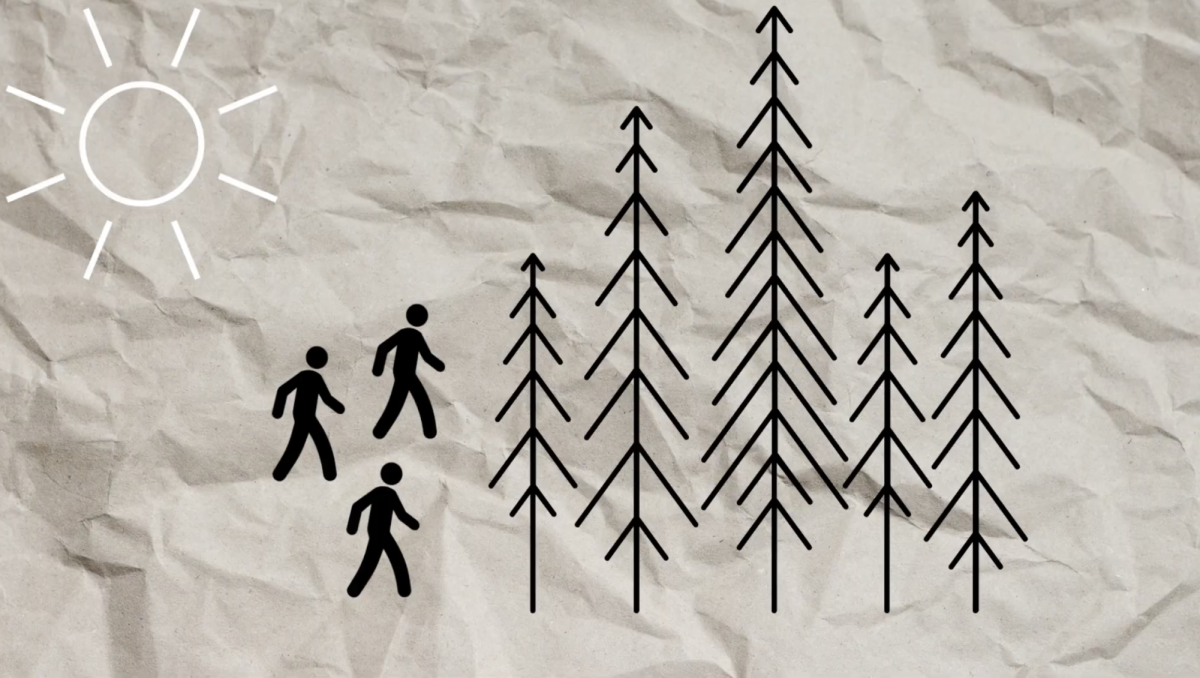Heavy rain is expected all day. This short sentence can ruin people’s plans for spending a day outside, or devastate families with cataclysmic flooding. People all over the world rely on weather forecasting daily to plan activities, outfits, and to make sure they are properly prepared for the day. Forecasts have predicted catastrophic events like hurricanes, tornados, and floods that have allowed us to stay safe, but do we truly understand how meteorologists are able to determine what is coming next?
How are they formed?
Forecasts can come in many different formats: hourly, daily, weekly, and even 14-day. Truly, these forecasts are just predictions based on certain pieces of information; meaning that no forecast is accurate 100% of the time. Meteorologists use a variety of techniques to form this prediction. Most commonly used are barometers, which measure atmospheric pressure, and weather radars which monitor weather conditions like temperature, UV index, and precipitation. After this data is collected, it can be sent to computers to be turned into models to visually represent upcoming weather events which eventually end up on our morning news channels.

How does historical data play a role in weather forecasting?
One of the most essential methods used to create our forecast is historical data. Along with using physical tools, history is the foundation of weather forecasting. Meteorologists use weather conditions collected in the past to predict future events. For example, meteorologists collect data from a past event like a thunderstorm, and if these conditions match current conditions, then there is a great chance that a thunderstorm is on its way. This technique can be used to predict almost any weather and remains consistent throughout climate and environmental changes.
However, comparing past weather conditions is not the only way that meteorologists use historical data. Interestingly, we can use forecasts from other regions to determine what the weather will look like in other places. Mr. Soule, a science teacher at Pentucket has provided a great example, “If a weather event is taking place in the Rocky Mountains, we can use information like winds, precipitation levels, and temperature to help predict what will happen here.”
In conclusion, creating a weather forecast includes so much more than we would expect. Several different scientific tools and processes are used to produce something so simple that we use every day.



















